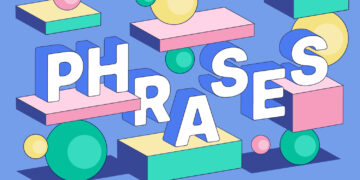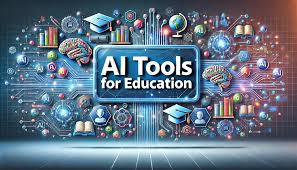Artificial Intelligence (AI) is no longer a futuristic concept — it’s rapidly reshaping classrooms around the world. From lesson planning and personalised tutoring to differentiated learning and feedback automation, AI tools are becoming indispensable for modern educators. As we move into the 2025/2026 academic year, it’s essential for teachers to stay updated on the best tools that can save time, reduce workload, and enhance student engagement.
This explainer introduces 15 of the most innovative AI tools currently being used by teachers across the globe, categorised by function and purpose.
Top 15 AI Tools for Teachers (2025 Edition)
1. MagicSchool AI
An all-in-one AI assistant built specifically for teachers. It helps with lesson planning, IEPs (Individualised Education Programmes), email replies, differentiation, and more.
Why use it? Designed by educators, it simplifies daily teaching tasks with minimal effort.
2. Brisk Teaching
Generates quizzes, feedback, administrative content, and more — all integrated into Google Workspace.
Why use it? Seamlessly enhances teaching and learning inside your usual tools.
3. Eduaide.AI
An AI-powered workspace for creating lesson objectives, assessments, translations, and learning activities.
Why use it? Supports teachers with a wide range of curriculum-aligned content.
4. Khanmigo (Khan Academy)
A virtual AI tutor and teaching assistant that supports both educators and learners.
Why use it? Facilitates personalised learning experiences and simplifies lesson delivery.
5. Google Gemini for Education
Part of Google’s education suite, Gemini helps generate diagrams, summaries, and quizzes directly from Docs and Slides.
Why use it? It’s privacy-focused and integrates well into digital classrooms.
6. ChatGPT (Study Mode)
Now equipped with Study Mode, ChatGPT supports deeper thinking through guided questioning and self-paced learning.
Why use it? Excellent for independent research, critical thinking, and personalised help.
7. NotebookLM (Featured Notebooks)
AI-powered notebooks that summarise key ideas and transform topics into podcast-style discussions or Q\&A formats.
Why use it? Great for revising and interactive classroom activities.
8. Capacity
An AI chatbot platform that can handle student queries, scheduling, FAQs, and analytics.
Why use it? Perfect for automating student support, especially in secondary and higher education.
9. Coursebox
Turns teaching outlines or resources into complete, interactive online courses and quizzes.
Why use it? Saves time on course design and supports remote and hybrid learning.
10. TeacherMatic
Designed by UK educators, this platform generates lesson plans, reports, classroom communications, and more.
Why use it? Streamlines teaching paperwork and planning tasks.
11. SchoolAI (Dot Assistant)
Includes Dot, a virtual assistant that helps generate learning materials, feedback, and interventions.
Why use it? Provides AI co-teaching support and personalised student assistance.
12. Diffit
Adjusts text to multiple reading levels, helping differentiate classroom materials for all learners.
Why use it? Ideal for inclusive education and mixed-ability groups.
13. Twee
Creates CEFR-aligned lesson plans, worksheets, and tasks — especially useful for English language teaching.
Why use it? Simplifies ESL and MFL lesson preparation.
14. Notion AI
A productivity tool with AI features for note-taking, lesson development, and collaboration.
Why use it? Keeps your teaching resources organised and accessible.
15. EssayGrader AI
Speeds up the essay marking process using AI-based rubrics and customised feedback.
Why use it? Reduces grading time while maintaining high-quality feedback.
AI is not here to replace teachers — but to empower them. These tools can reduce stress, improve lesson delivery, and support a more personalised, engaging classroom experience. As technology continues to evolve, embracing AI can help educators focus more on what matters most: connecting with students and helping them thrive.














































































 EduTimes Africa, a product of Education Times Africa, is a magazine publication that aims to lend its support to close the yawning gap in Africa's educational development.
EduTimes Africa, a product of Education Times Africa, is a magazine publication that aims to lend its support to close the yawning gap in Africa's educational development.

